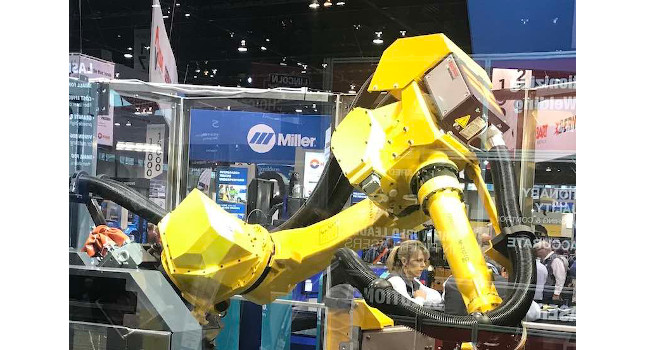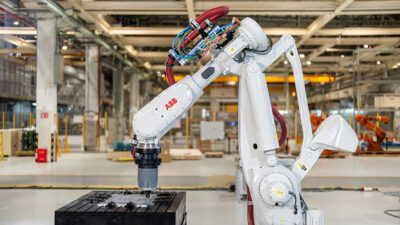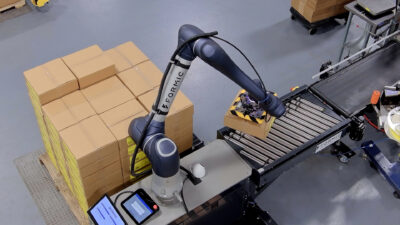Collaborative robots, artificial intelligence and Industry 4.0's potential can help cut operation and manufacturing costs for healthcare companies.

Stressed out over rising healthcare costs? You’re not alone. Thankfully, manufacturers plan to cut costs with the help of collaborative robots. Publicly-traded healthcare companies are under pressure from Wall Street to boost margins.
Healthcare companies improve efficiency
Robotics, artificial intelligence, and the advances promised with Industry 4.0 is forecasted to save manufacturers billions. Collaborative robots are part of a strategy that will reduce labor costs, speed up production, and increase efficiency. Manufacturers plan to reduce lead times and cut cycle times with automated solutions.
Thanks to the increase in speed, healthcare companies can reduce inventory levels and free up capital to expand their business in other needed areas, such as operations. Collaborative robot use in labs has helped speed up testing as well. Blood tests include a lot of repetitive tasks. Using collaborative robots instead of humans to assist with these tests also results in more precise testing.
The demands placed on healthcare manufacturers aren’t helped by the current labor shortage. You’ve probably seen evidence of this with open positions at your facility. Perhaps you’ve seen a position that just can’t seem to stay filled because the work is dull and repetitive. A collaborative robot can often take over many of the required tasks and free humans up for jobs that require creative thinking.
Collaborative robots are a good fit for healthcare
Many tasks in healthcare manufacturing are dull and repetitive. Not only can collaborative robots work alongside humans to help them perform tasks that leave humans fatigued, but autonomous mobile robots designed to interact with humans can travel digital paths to help deliver materials, tools, and equipment. They can pick, deliver and place items as needed.
But that’s not all collaborative robots can do for manufacturers. Collaborative robots help humans to package medical devices. Such devices must remain sterile. But when humans perform packaging tasks, there is always a risk of contamination. Collaborative robots can practically eliminate the risk. Packaging can be performed in a completely sterile environment.
This article originally appeared on the Robotics Online Blog. Robotic Industries Association (RIA) is a part of the Association for Advancing Automation (A3), a CFE Media content partner.



